Help Build a Stronger Case for Tiny Houses
The other day I posted a story about Michael Mehta’s small house on Gabriola Island in British Columbia. Michael is currently working on a short article focused on small-scale, sustainable housing for a newspaper article and is hoping to leverage some of the tiny house community’s knowledge and experience. Here’s some background on the article:
In many parts of the world, people are beginning to realize that current consumption patterns, individualized modes of carbon intensive transportation, and living in houses that are becoming increasingly larger over the decades is unsustainable. Small or tiny houses represent a significant cultural and social shift that may provide several lessons about the merits of living better on a smaller scale. There are many obstacles that exist for this path to be achieved on a wide scale basis. One argument that needs to be made in a compelling way is the relative ecological footprint associated with small or tiny houses. This can be calculated in a variety of ways including embedded energy in construction materials, energy inputs for heating and cooling, etc. To make a solid case for small and tiny houses I need help putting together some data for a short newspaper article that I’m writing on this topic. Suggestions and data are appreciated.
Michael Mehta
[email protected]
I’ve already sent Michael some of my initial thoughts but we’re both hoping to find some additional ideas for building a strong case for small and tiny houses. For example, a LEED expert could probably be able to point out exactly how green is calculated and measured… but any input would be helpful so if you have any thoughts please post a comment or email Michael directly at [email protected]. Thanks!
Photo of Gabriola Island, BC. Photo credit wikipedia.org.

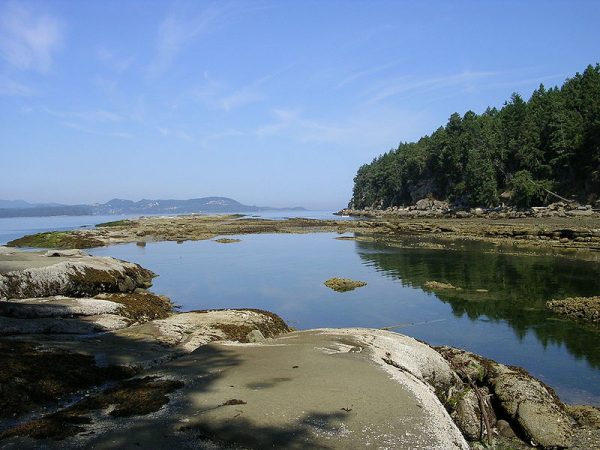
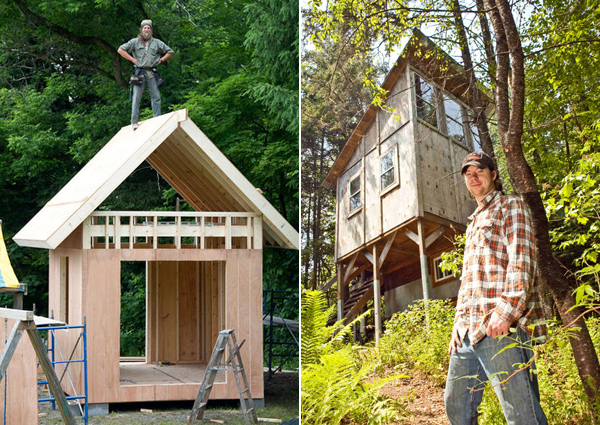
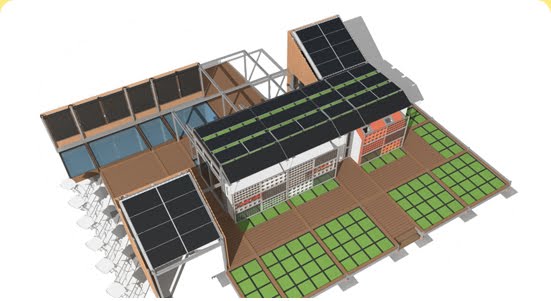
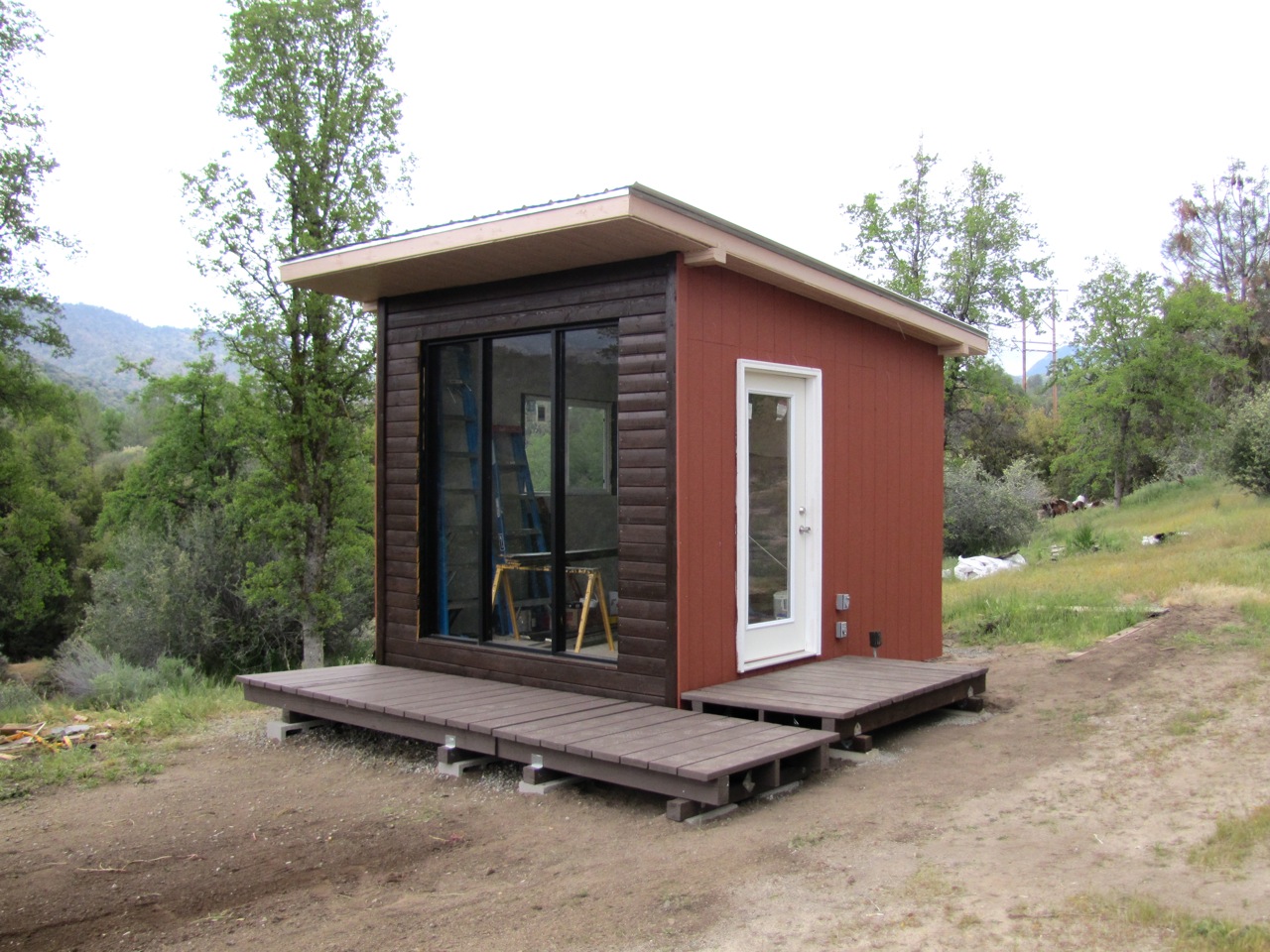
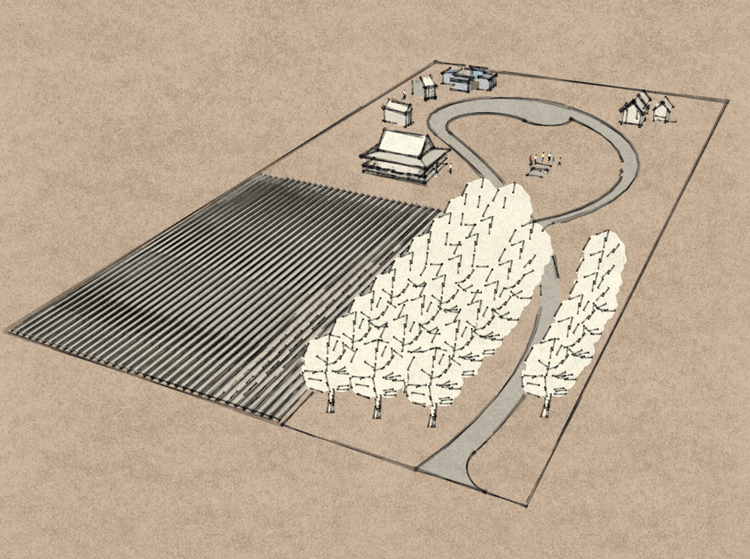

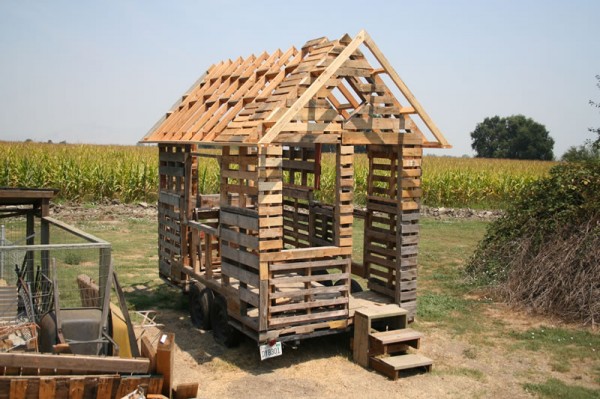
Hi Michael(s),
I personally don’t think that small necessarily equates to green or an ecologically small footprint.
LEED certification, to my understanding, takes into account things like the use of local or recycled materials, total energy required to create and run the building but without specifying the degree of use of renewable energy, reuse of water, proximity to public transport etc. LEED certification can apply to huge buildings or small buildings but I’m not sure that small buildings necessarily have an advantage since it depends on so many factors.
A poorly designed small house in a remote location may do worse that a well designed large building in a central location.
If we all lived in tiny uninsulated, concrete houses, heated with electricity scattered over the countryside and each of us commuted to work in our SUVs to a large center, we’d likely be no better off than living in larger houses in the city and some of us walking or taking the bus to work and some driving.
I think we have to realize that effective communities are a system. The design of the entire system is just as important as the design of the individual components which make up that system.
The fact that a small house uses fewer resources and possibly has less embodied energy is almost a given and may not require any ‘proof’. It may be intuitively obvious, in any case.
But, I don’t believe that the actual or perceived smaller ecological footprint of a small building is necessarily the compelling factor to living in a smaller house.
Personally, what I think we are looking for when considering a smaller house is a return to simpler living, closer knit communities (living out of your house instead of living in your house) and a sense of comfort through human-scale design. All of this is missing from our suburban, monoculturally zoned, manufactured McMansions and it’s ultimately unfulfilling.
I think large houses are the embodiment of all that is wrong when a society is built around manufactured consumerism.
Small houses are but an element in this progression back towards human values. That a smaller house happens to have a smaller ecological footprint is a bonus.
I have and utilize a small 192 square feet (winterized)cabin in Northern Ontario. Due to it’s size heating with wood is brought down to a fraction of what is needed for more conventional sized homes. Here in Canada as with the Northern states of the USA heating is most likely our greatest contribution to global warming (on a personal consumption level). Unfortunately we have no choice. But with smaller dwellings with south facing windows we are able to drastically cut down on our emissions. How much room is really needed per person? Considering that we can only occupy one room at a time I find it absurd to build 2000 square feet houses. The real problem is what we think we are entitled to and what we can afford. Considering the present economical environment it can be quite easily said that our concepts of reality are both uncalibrated and childishly greedy.
Responsibility and common sense need to be reinserted into our view of ourselves and the world we so desperately depend upon. Small houses that are well insulated and heated with reasonable sources of heat are not just an environmental issue but a moral one as well. What we do today affect tomorrow and only fools don’t plan for their future and the future of their children.
Another important area to address is debt-slavery that is created by living in a house with a large mortgage. Many have bought into the idea (at least in the states) that it is reasonable to spend $10,000 in mortgage interest in order to save $2,500 in federal taxes. We also have pressure from building codes that dictate minimum room and foot print size of houses. We no longer build homes to meet our living needs. Rather, we have become accustomed to buying houses built by builders for profit; not livability. Small, quality, well-designed homes are a natural progression for people wanting out of debt and a way to a more intentional life. As the world economies struggle, it is nice to know your house is paid for and your garden will augment your grocery needs. When the power goes out, a small house is quite easy to maintain with simple stoves or propane/gas heaters. The American family sizes have been shrinking as houses have grown. It makes no sense.
I thought it might help if I threw a UK hat into the ring. We have our LEED equivalents too that along with a thing called the green book is the subject of much angst.
If you refer to this document you will see what the ‘experts’ define as the space requirements (see page 17) here in the now already overcrowded (where the jobs are at least), expensive space that is the United Kingdom.
http://www.london.gov.uk/mayor/planning/docs/space-standards.pdf
Homes for single people, couples, starter families, 2.2 children plus a dog, the over 50’s, disabled, physically impaired and all of their life requirments makes the challenge very great indeed. Rooms that can be adjusted in size, centralised solutions to provide for storage and indeed reduced dependency on freezers, laundry facilities can all help but is this what people really want or have we all been spoilt (for a price?).
LEED and ‘green’ is crap. It is an unquantitative measure of anything important. On my globe spot, a code home can achieve LEED with minimal extra input.
For my bit, reduction of energy usage, or more precisely, less reliance on oil is what makes a home ‘green’. Energy usage of a home is based on two things. First is the volume of the space that needs to be heated or cooled. But more important is the surface area of the structure through which heat is lost or gained. No matter what the size, a boxy house will be the most efficient use of materials and energy. Even a small house can be inefficient with lots of angles and surfaces, and extra unused lofted area. I see things even in small houses that are energy wasters. Use good windows (U=0.20), use exterior foam as well as insulation, air seal the dickens out of the place. Do all this good stuff and your body heat and coffeemaker will keep the place cozy.
If you want people to switch over to smaller houses, you have to appeal to want they want. If you play the green card your are just appealing to people who car about the environment enough to make sacrifices. now most people on the planet would like to have more money, businesses care about the bottom line. If you make your case with that in mind you’ll have a better chance to get people on board because you’ll have more people as your target. I know that’s the main reason I’m looking into this. That and freedom less debt would bring.
And if you can show them that they have similar or the same comforts as a regular house,people will switch lifestyle.
The biggest problem (yes, bigger than building codes) with widespread adoption of small houses is the culture of rabid consumerism we live in. People feel like they deserve or need “stuff” to live comfortably. And the more stuff they have, the more room they need for that stuff, necessitating a larger house. Ultimately, that stuff has some kind of value–both dollar AND EMOTIONAL–and most people can’t bring themselves to part with it.
I think that if you can realign your values, you’ll find out what’s REALLY important to live comfortably, and shockingly, it isn’t more stuff.
Thank you everyone for your comments. I now have a good body of ideas to work with, and will ask Michael to post a link to the article when it comes out in early January.
All the best,
Michael Mehta
That’s great Michael… looking forward to seeing the article.